Mark Gresham | 8 OCT 2025
In the decades following the Civil War, America sought to define its cultural identity beyond its revolutionary beginnings. Europe had long-established traditions of music for concert and stage, excelling in symphony and opera, while the United States remained best known for hymnody, folk songs, and marches.
Into this landscape stepped the Second New England School—a circle of Boston-based composers determined to give the young nation a concert-hall pedigree.
Their predecessors, the First New England School—William Billings (1746–1800), Justin Morgan (1747–1798), Supply Belcher (1751–1836), Jacob French (1754–1817), Daniel Read (1757–1836), and Oliver Holden (1765–1844)—had written music “for the people, by the people,” focusing on hymnody, fuging tunes, and tunebooks designed for community singing.
The Second New England School, by contrast, looked beyond church and community choirs to the concert stage. Also called the Boston Classicists, they embraced symphonies, overtures, and chamber music, merging European discipline with a distinctly American sensibility. They elevated the communal spirit of early New England music to a professional, nationally ambitious art form.
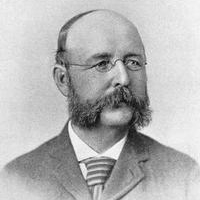
John Knowles Paine (historical image)
At the forefront was John Knowles Paine (1839–1906), a prodigy born in Portland, Maine. From an early age, he mastered piano and organ, and later honed his craft in Germany, absorbing Beethoven and Mendelssohn. Returning to Boston with a mission, he became Harvard’s first music professor in 1875. More than a personal milestone, this appointment created America’s first university music department and shaped generations of composers.
Paine’s music combined intellectual rigor with expressive vitality. His Symphony No. 1 (1875) premiered to acclaim, its soaring melodies and robust orchestration boldly signaling that America could rival Europe. His Oedipus Tyrannus (1881), a dramatic overture for a Harvard production, fused classical structure with emotional intensity, earning praise for its “American vigor.” His Mass in D (1867) showcased mastery of choral writing, bridging the sacred traditions of early New Englanders with grander concert forms.
As a teacher, Paine left an enduring mark. He directly mentored Arthur Foote and Horatio Parker, while influencing George Whitefield Chadwick and Edward MacDowell through his example. His insistence on rigorous training provided American music with a professional backbone, reflecting the nation’s post–Civil War drive for cultural maturity.
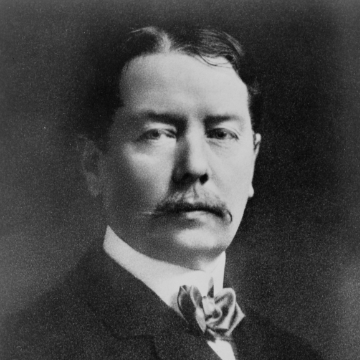
George W. Chadwick (historical photo)
Building on Paine’s foundation, George Whitefield Chadwick (1854–1931) brought distinctly American energy to his compositions. Born in Lowell, Massachusetts, he studied in Germany before returning to Boston in 1880 to join the New England Conservatory faculty. His Symphony No. 2 (1886) bursts with lively rhythms and folk-inspired melodies evoking urban streets and rolling countryside alike. “Jubilee” from his Symphonic Sketches (1895) captures the exuberance of American life—imagine Copland before Copland existed.
Chadwick revealed his versatility in operas such as Tabasco (1894), a comedic blend of American humor and operatic flair, and in string quartets that balanced intimacy with grandeur. A master of “local color,” he wove patriotic and rural themes into European forms. His Melpomene Overture (1887) demonstrates that American composers could tackle universal emotions while remaining rooted in national identity. Performed by the Boston Symphony Orchestra, his works helped cement Boston as a hub of American classical music, and his rarely performed String Quartet No. 4 (1896) offers a window into the era’s chamber music scene.
The Second New England School also included Paine’s students Horatio Parker (1863–1919), whose elegant compositions and teaching at Yale influenced the next generation, and Arthur Foote (1853–1937), whose refined chamber music reflected both German training and American lyricism. Edward MacDowell (1860–1908), while more independent, brought an international reputation to American composition through his orchestral and piano works. And while she came a generation later, Amy Beach shared their aesthetic and Boston connections, forging her own path in a male-dominated field—a story we will explore in an upcoming article.
Together, these composers forged a distinctly American classical voice. Critics often dismissed their works as derivative, and audiences preferred European masters, yet their persistence paid off. The Boston Symphony Orchestra, founded in 1881, became a platform for their music, while Harvard and the New England Conservatory nurtured their vision.
Their compositions embodied the optimism of post–Civil War America—a conviction that the nation could create, not merely imitate. At once scholarly and accessible, their music laid the groundwork for later innovators such as Charles Ives and Aaron Copland, helping to shape a uniquely American voice in 20th-century classical music. ■

Read more by Mark Gresham.
RECENT POSTS
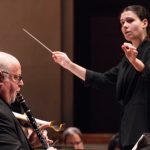 Dallas Symphony’s assistant conductor rises to the challenge in a program of premieres and familiar works • 25 Nov 2025
Dallas Symphony’s assistant conductor rises to the challenge in a program of premieres and familiar works • 25 Nov 2025 Tyshawn Sorey Trio and Sandbox Percussion merge forces in Durham for an immersive night honoring jazz drummer Max Roach • 24 Nov 2025
Tyshawn Sorey Trio and Sandbox Percussion merge forces in Durham for an immersive night honoring jazz drummer Max Roach • 24 Nov 2025
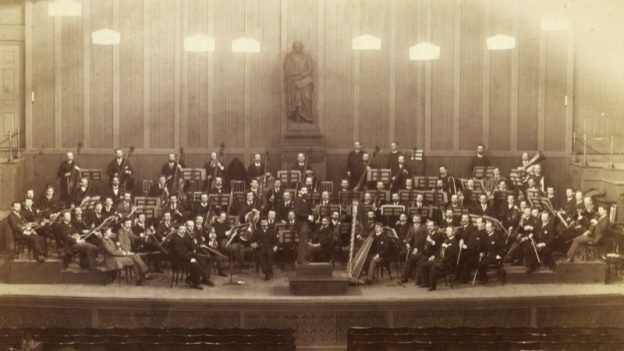

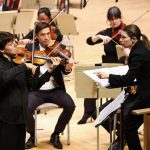
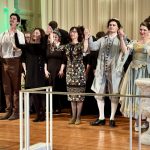
.png)